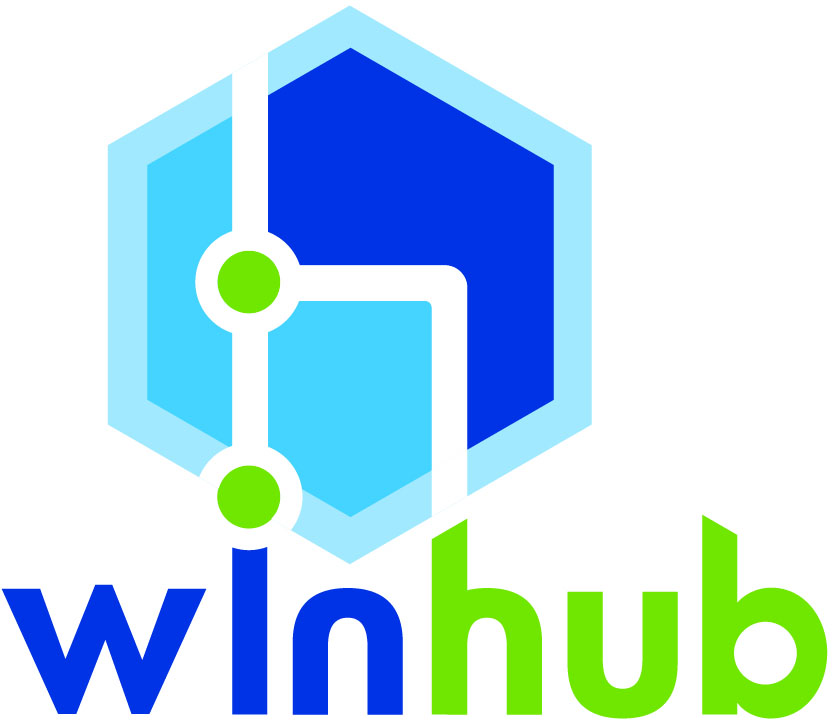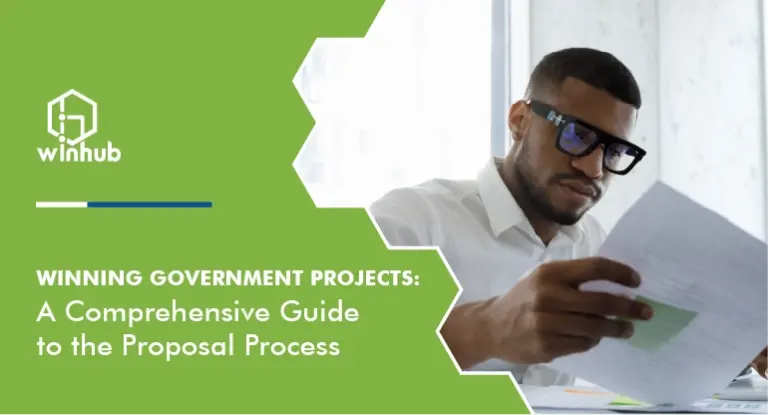Government contracts hold immense value for businesses, offering significant financial benefits, reputational enhancement, and potential for future opportunities. However, securing these projects requires a strategic and well-defined approach to crafting winning proposals. This guide delves into the intricacies of the government proposal process, equipping you with the knowledge and steps to navigate it successfully.
Understanding Government Proposals
The government procures goods and services for public needs through a formal process known as procurement, and government proposals play a vital role in this process.
A government proposal is a detailed document responding to a formal “Request for Proposal” (RFP) issued by a government agency. This RFP outlines the agency’s specific requirements, and businesses interested in the project can respond by submitting a tailored proposal demonstrating their capabilities to meet those needs.
To succeed, your proposal must adhere to the strict standards, requirements, and deadlines stipulated in the RFP.
The Government Proposal Process: A Step-by-Step Guide
Before embarking on proposal writing, a thorough understanding of the government proposal process is crucial. Here’s a breakdown of the key steps involved:
1. Opportunity Identification:
The first step is to seek project opportunities actively. Government procurement portals like GSA Advantage, USASpending.gov, and bidnet direct are valuable resources for identifying relevant RFPs. Industry forums and events like GCPS 2024 also provide useful insights and networking opportunities.
Remember, each government contract presents a unique opportunity. Develop a customized government contract database to store relevant RFPs matching your company’s expertise. The business development team should regularly review this database to identify suitable projects aligned with your capabilities.
2. Capture Planning:
Before responding to an RFP, engage in thorough capture planning. This crucial phase helps determine whether to pursue the project and involves the following:
- Understanding the Client’s Needs: Conduct in-depth research and analysis of the RFP to grasp the government agency’s needs, preferences, and challenges. Tailor your proposal to address these specific requirements effectively.
- Identifying Competitive Advantages: Highlight your company’s unique strengths and capabilities that differentiate you from competitors. Emphasize these advantages throughout the proposal to showcase why your solution stands out.
- Defining Win Themes: Develop persuasive arguments that demonstrate your solution’s value proposition and why your company is the ideal choice. These themes should resonate with the client’s priorities and alleviate their concerns.
- Creating a Solution Strategy: Outline a comprehensive plan outlining the approach, methodology, resources, and timeline for project execution or service delivery.
- Resource Allocation: Determine the personnel, expertise, and budget required for proposal development. Assign roles and responsibilities to team members, ensuring everyone understands their contributions.
By incorporating capture planning, you can make informed decisions about pursuing an RFP and significantly increase your chances of success.
3. Pre-Proposal Preparation:
Following initial consideration of the project by the business development team, a rigorous review of the RFP is essential. Here’s what this phase entails:
- Evaluation Committee Formation: Establish an evaluation committee comprised of individuals with experience submitting similar proposals. Consider including those who have participated in post-award debriefings, where weaknesses of past proposals were discussed. Their insights can be invaluable in crafting a strong proposal.
- Eligibility Criteria: Ensure your company meets all eligibility requirements specified in the RFP, including licenses, certifications, relevant regulations, ethical guidelines, and reporting obligations.
- Subcontracting: If your company needs more specific expertise required by the RFP, consider subcontracting with a qualified partner. Assemble a team to identify suitable subcontractors, initiate communication, and persuade them to collaborate on the proposal. Alternatively, for large-scale projects where your company’s role is secondary, consider partnering with a prime contractor bidding on the project.
Proposal Development:
This is the core stage, where you craft your response to the RFP. Government proposals typically comprise several key sections:
- Bidder’s Qualifications: Showcase your company’s expertise, experience, and track record of successfully delivering similar projects.
- Technical Approach: Outline your detailed plan for project execution, including methodologies, resources, and technical solutions to address the agency’s needs.
- Cost Estimates: Provide a realistic and competitive cost estimate for completing the project. Balance cost-effectiveness with delivering high-quality solutions.
- Project Timeline: Establish a clear and achievable timeline for completing all project phases and deliverables.
- Compliance with Regulations: Demonstrate adherence to all relevant laws and regulations governing the project and your industry.
We explored the initial stages of the government proposal process, including opportunity identification, capture planning, and pre-proposal preparation.
Now, we’ll delve into the remaining crucial steps:
- Team Composition: Assemble a well-rounded team with expertise in proposal writing, technical areas relevant to the project, and cost estimation. Leverage the combined knowledge of these individuals to create a compelling proposal.
- Consultant Expertise: Consider bringing external consultants to supplement your in-house team’s expertise. Include their resumes in the proposal to demonstrate the team’s combined qualifications for the project.
- Cost Estimates: Developing accurate cost estimates is critical. Government agencies seek competent companies delivering optimal results at a reasonable cost. While competitiveness is essential, avoid sacrificing quality for drastically lower pricing.
Proposal Review and Evaluation:
A rigorous internal review process is essential before submitting your proposal. Here’s how to ensure a high-quality final document:
- Thorough Review: Assemble your proposal team to review the entire proposal meticulously. Consider hiring external reviewers for an objective and critical perspective.
- Proposal Compliance Matrix: Utilize a compliance matrix to ensure your proposal meets all RFP requirements and specifications. This tool helps identify any gaps that need to be addressed.
- Feedback and Improvement: Based on the review, address any identified issues, incorporate reviewer feedback, and refine the proposal until it surpasses expectations.
Proposal Submission:
Once the proposal is finalized, adhere to the following submission guidelines:
- Deadline Adherence: Ensure timely submission, ideally a day before the deadline. Some agencies require electronic submissions, so confirm the preferred submission method in the RFP.
- Presentation and Formatting: Present the proposal professionally, ensuring clear formatting, high-quality graphics, and adherence to any specified page limits.
Post-Submission Activities:
The government proposal process continues after submission. Here are some essential follow-up steps:
- Confirmation of Receipt: Follow up with the agency to confirm they received your proposal.
- Additional Information: Be prepared to provide further information or clarifications if requested by the agency during the evaluation process.
- Project Status Inquiry: Contact the agency to inquire about the proposal’s evaluation status.
- Post-Submission Debriefing: Conduct a debriefing session with your proposal team to analyze your proposal’s strengths and weaknesses. This valuable exercise allows you to improve your proposal writing strategies for future opportunities continuously.
- Negotiations: Be prepared for potential negotiations regarding project scope, cost, or other terms with the agency. Active engagement demonstrates professionalism and commitment.
Conclusion:
Government contracts offer substantial benefits, from financial gain to enhanced reputation and potential for future projects. Understanding and skillfully navigating the government proposal process positions your company for success in securing these valuable contracts. Following the comprehensive steps outlined in this guide, you can develop compelling proposals that showcase your expertise and secure government contracts that fuel your business growth.
Additional Tips:
- Stay Informed: Keep abreast of changes in government procurement regulations and industry best practices for proposal writing.
- Networking: Actively network with government agencies and industry stakeholders to gain insights and build relationships.
- Past Performance Matters: Highlight your company’s successful track record in delivering similar projects for government clients.
By implementing these strategies, you can increase competitiveness and win coveted government contracts.
Ready to Take Your Government Contracting Game to The Next Level?
Our team of government contracting experts can assess your capabilities and develop a customized strategy to optimize your proposal process and increase your chances of securing lucrative government projects.
By taking these steps, you can transform your approach to government proposals and unlock the vast potential of securing these rewarding contracts with WinHub LLC today.



